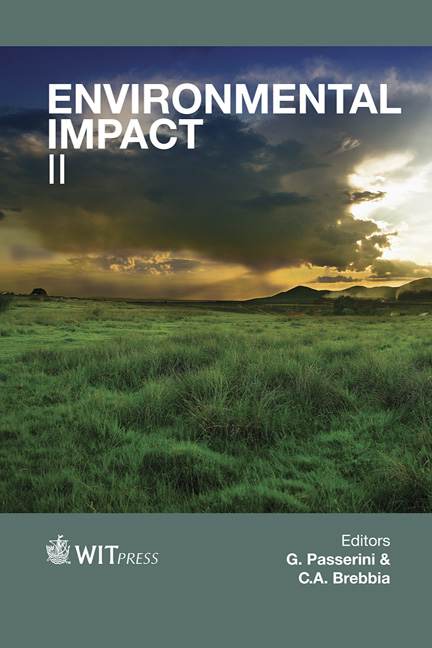Comparison Of Biogenic Volatile Organic Compound Emissions From Broad Leaved And Coniferous Trees In Turkey
Price
Free (open access)
Transaction
Volume
181
Pages
12
Page Range
647 - 658
Published
2014
Size
814 kb
Paper DOI
10.2495/EID140551
Copyright
WIT Press
Author(s)
Y. M. Aydin, B. Yaman, H. Koca, H. Altiok, Y. Dumanoglu, M. Kara, A. Bayram, D. Tolunay, M. Odabasi & T. Elbir
Abstract
Biogenic volatile organic compound (BVOC) emissions from thirty-eight tree species (twenty broad leaved and eighteen coniferous) grown in Turkey were measured. BVOC samples were collected with a specialized dynamic enclosure technique in forest areas where these tree species are naturally grown. In this method, the branches were enclosed in transparent nalofan bags maintaining their natural conditions and avoiding any source of stress. The air samples from the inlet and outlet of the bags were collected on an adsorbent tube containing Tenax. Samples were analyzed using a thermal desorption (TD) and gas chromatography mass spectrometry (GC/MS) system. Sixty-five BVOC compounds were analyzed in five major groups: isoprene, monoterpenes, sesquiterpens, oxygenated sesquiterpenes and other oxygenated VOCs. Emission factors were calculated and adjusted to standard conditions (1000 μmol/m2 s photosynthetically active radiation-PAR and 30°C temperature). Consistent with the literature, broad leaved trees emitted mainly isoprene while the coniferous trees emitted mainly monoterpenes. Even though fir species are coniferous trees, they emitted significant amounts of isoprene in addition to monoterpenes. Oak species showed a large inter-species variability in their emissions. Pine species emitted mainly monoterpenes and substantial amounts of oxygenated compounds. Keywords: BVOC emissions, dynamic enclosure system, emission factor, Turkey.
Keywords
BVOC emissions, dynamic enclosure system, emission factor, Turkey.





